The augmented reality space is brutal, and that means shifting directions quickly to meet whatever need the market demands.
That appears to be the strategy with the latest release from startup DreamWorld AR and its most recent device — the DreamGlass Air.
- Don't Miss: DreamGlass Looks Like a Cheaper, More Mobile Meta 2, But This Is What We Really Think After Trying It
Unlike the company's previous device, the DreamGlass, which was more of a 3D content-focused, immersive AR headset looking to compete with the likes of the Meta 2, the DreamGlass Air is focused on affordability and portability, but that comes at a cost.
In this case, the cost of focusing on those two aspects is simple: DreamGlass Air isn't really "AR." It's more a 2D content-focused, portable private headset display, something that has been around for years now from companies like Sony and others.
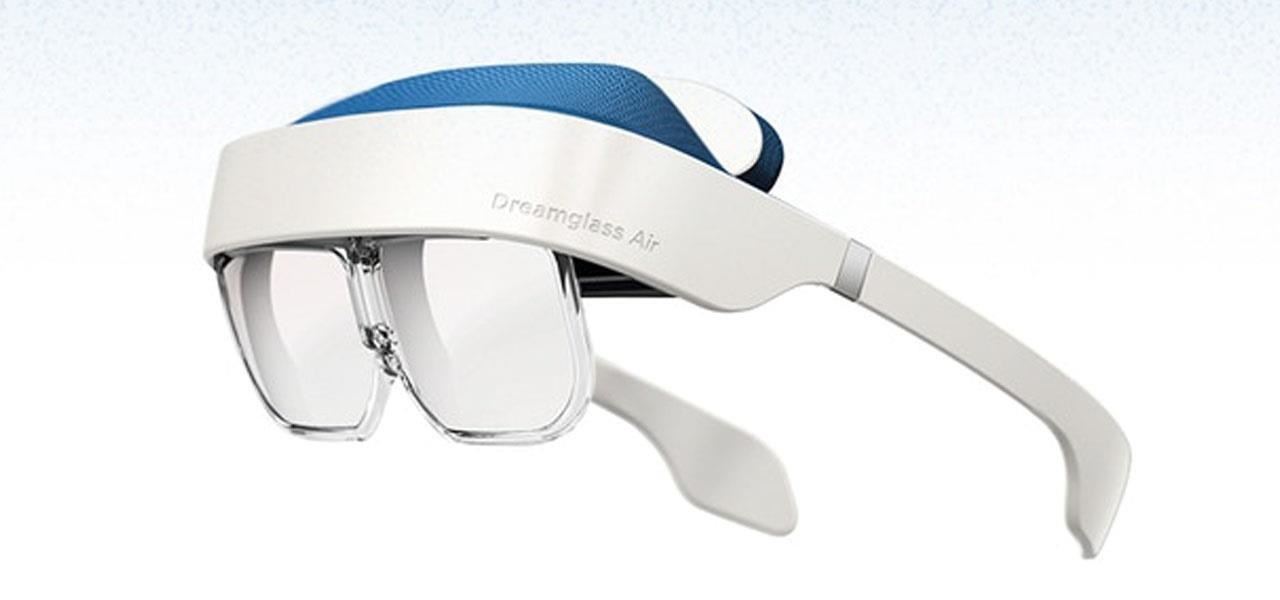
But what it does as a portable private display, it does well. The headset offers a 90-degree field of view at an 18:9 aspect ratio, delivering impressive visuals (which are listed as 2.5K). The headset is tethered to a separate Android-powered computing unit, which, in combination with the headset, offers around five hours of continuous playtime, according to the company.
I actually had some time to try the prototype version of the device, which gave me a general sense of how the DreamGlass Air works. But just a warning: the prototype I tested was unfinished and not ready for primetime. Although you can copy files (videos, photos, documents, etc.) to the computing unit via USB to view content on the wearable, it seems best suited to mirroring content from your smartphone or laptop.


Audio is provided through a 3.5mm jack or via Bluetooth headphone connection, and the device supports Wi-Fi. According to the company, the device can also be used to mirror content from tablets, gaming consoles like the PlayStation 4, and even drones.
I've never been a fan of these kinds of 2D private theater displays, and since we rarely see them out in the wild, it's a safe guess that most of the public agrees. But it seems that what the DreamWorld team is banking on here is affordability being the key to changing the public's interest in this dynamic.
My skepticism aside, the truth about what the public wants is about to be put to the test. The team behind the device launched a Kickstarter campaign for the device on Thursday, with a goal of raising $15,000 over the next month. The base-level version of the DreamGlass Air will sell for $489 (basically, $500), which is pricey for such minimal use case device, but early supporters will be able to snag one for $269. The company plans to deliver the DreamGlass Air to early backers in December.

I think it's important to note here that the images on the Kickstarter page, which show a 2D image floating out in front of you, isn't really what it looks like. Based on my testing, the device is just projecting an image onto the lens in front of your eyes, with no "floating windows in space" in the demo unit I used. (It's increasingly vital to point out the specifics of these kinds of marketing materials since we now have devices that do provide such floating virtual screen experiences.)
For the DreamWorld team, I'm not so sure the DreamGlass Air is a bet worth taking, especially now that we have advancements in the form of devices like the Vuzix Blade, Epson's Moverio line of wearables, and others. While light (150 grams), the DreamGlass Air is still fairly large on the face. Given the limited functionality it offers (I operated my prototype unit with a Bluetooth mini mouse), it seems like a slight step backward.
Nevertheless, money talks, so if the team's crowdfunding campaign works, we may have a new device to consider in the heads-up display space.
Just updated your iPhone? You'll find new emoji, enhanced security, podcast transcripts, Apple Cash virtual numbers, and other useful features. There are even new additions hidden within Safari. Find out what's new and changed on your iPhone with the iOS 17.4 update.
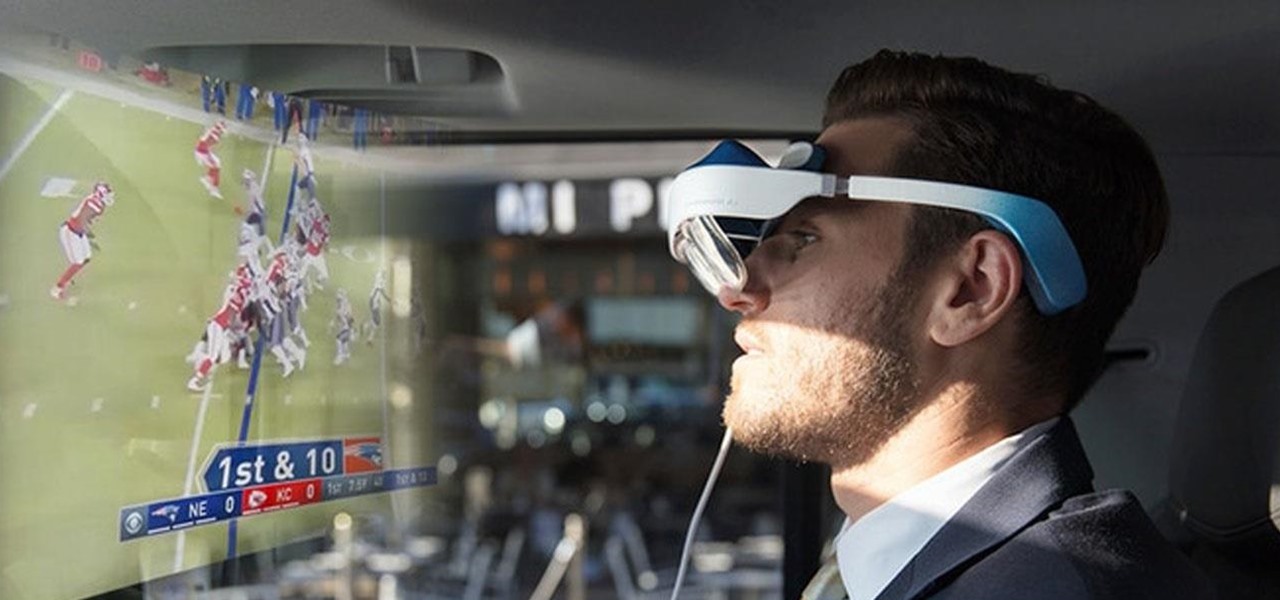



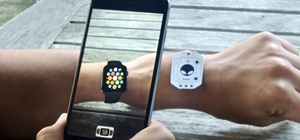









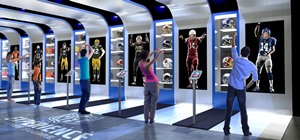



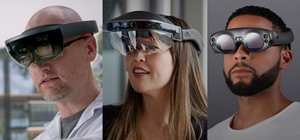
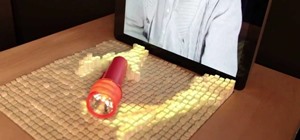
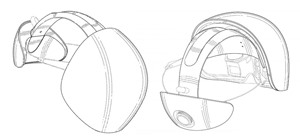

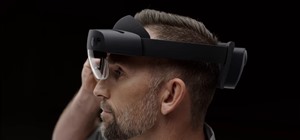


Be the First to Comment
Share Your Thoughts